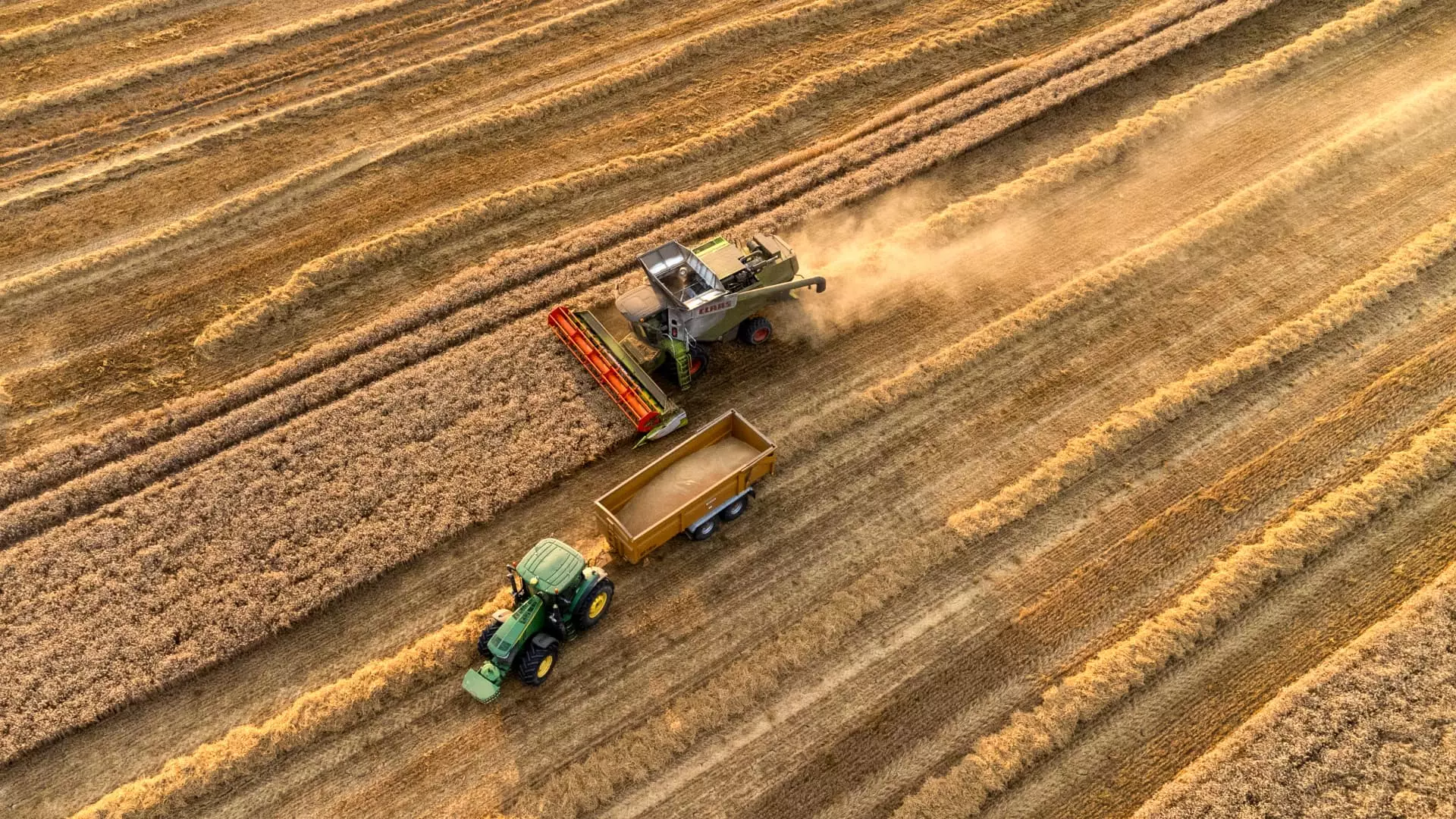The Resurgence of Agricultural Commodities: Trends and Investment Strategies

Agricultural commodities have recently shown signs of a promising rebound from historically low levels, reflecting a broader shift in market momentum. This uptick is not only noteworthy but also suggests potential investment opportunities as volatility continues to shake up equity markets. We have observed this trend gaining traction, prompting keen interest among investors who are seeking avenues to diversify their portfolios.
The agricultural sector has faced tremendous pressure over the years, with prices hitting rock bottom in various markets. However, recent movements indicate a positive change, particularly in commodities such as corn and wheat. Last month, amid challenges in the broader equity landscape, attention shifted toward agricultural commodity exchange-traded funds (ETFs). The Teucrium Corn Fund (CORN) and the Invesco DB Agriculture Fund (DBA) were pinpointed as potentially undervalued assets, seemingly ready for a rebound after enduring prolonged periods of price suppression.
A significant aspect of this recovery is the health of the price action leading to modest yet crucial consolidations. This stabilization phase has equipped markets for potential growth, specifically in wheat markets, where entities like the Teucrium Wheat Fund (WEAT) are gaining bullish momentum. The recent ability of WEAT to break through resistance levels—marked by its 10-week moving average—has signaled a renewed bullish sentiment, supported by encouraging technical indicators like the MACD and stochastics.
Analyzing the stochastics reveals that while bullish momentum is present, levels have not yet reached overbought status, implying that the upward movement could have further support. Historical critical support levels around $4.90, dating back to 2019, have proven resilient, allowing prices to stabilize and investors to regain confidence in a correction towards higher valuations.
Investment in agricultural commodities, especially wheat, thus appears strategically sound. Looking ahead, the key resistance around $6.20 represents a threshold that, if breached, could signal a substantial long-term uptrend for WEAT, potentially reversing its previous downtrend and paving the way for investors to rethink long-term positions.
Beyond direct investments in commodities, equities with agricultural exposure present another layer of opportunity for investors. One such company is Corteva (CTVA), a leading crop chemical enterprise within the S&P 500. Corteva has exhibited strong momentum, establishing higher lows on its price chart while maintaining supportive levels above the weekly cloud. This trend, underscored by the rising 40-week and 200-day moving averages, illustrates an overall shift towards bullish territory.
From a technical standpoint, the interplay of these moving averages reinforces the notion of a supportive bullish phase. Given this momentum, Fibonacci resistance near the $59 mark seems within reach. If achieved, this may project CTVA’s prices towards an approximate target of $65. Investors are advised to closely monitor the potential for upward price pressure, especially with robust support converging at the weekly cloud and near the 40-week moving average, estimated around $53.
For those considering exposure to the agricultural sector, adopting a multifaceted strategy that encompasses both commodities and related equities may yield beneficial results. The current bullish outlook for agricultural commodities, particularly wheat, in conjunction with the positive technical patterns observed in Corteva, makes for a compelling case.
As with any investment decision, it is essential to incorporate risk management strategies. For CTVA, employing the rising 50-day moving average as a trailing stop-loss can help safeguard gains while allowing potential upside to unfold. This would allow investors to ride any upward trends while protecting against sudden market downturns.
The resurgence of agricultural commodities marks an important development within the investment landscape. As markets transition from long-term lows, both commodity ETFs and agricultural equities provide favorable opportunities for investors willing to engage with emerging trends. By remaining aware of technical indicators and utilizing strategic approaches, investors can effectively navigate this complex yet promising sector, positioning themselves to benefit from an anticipated upswing in commodity markets.





